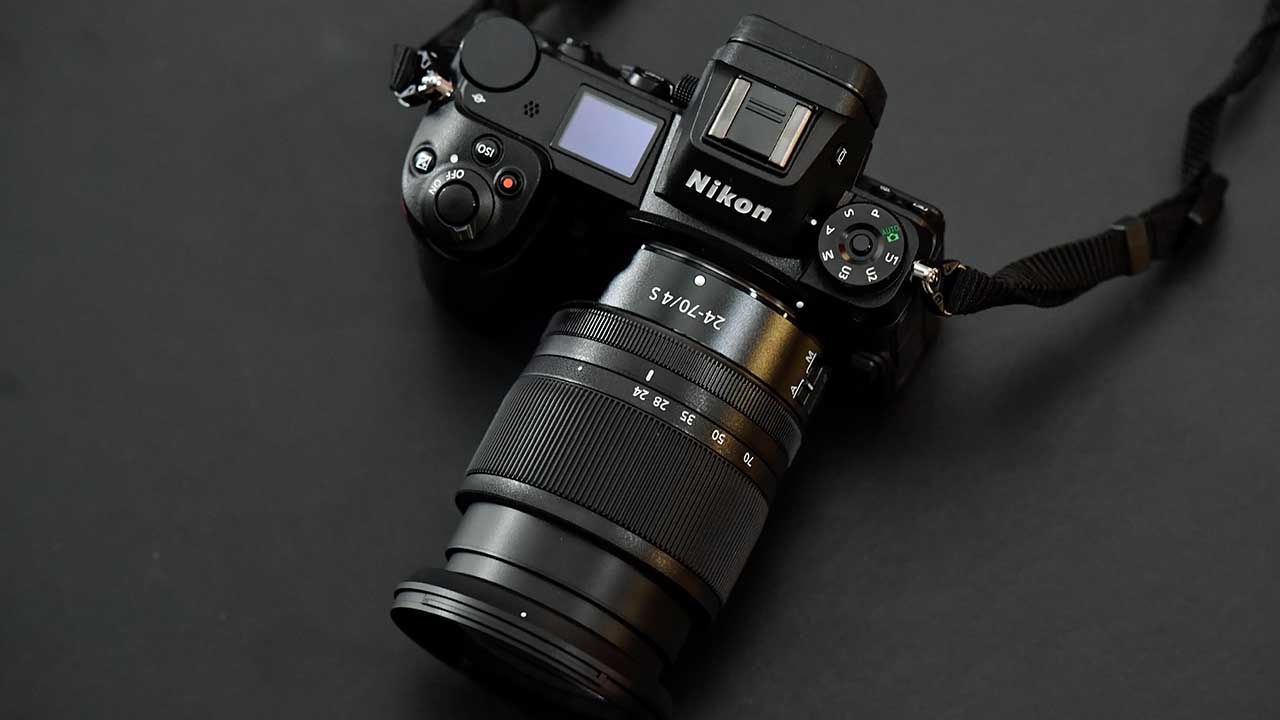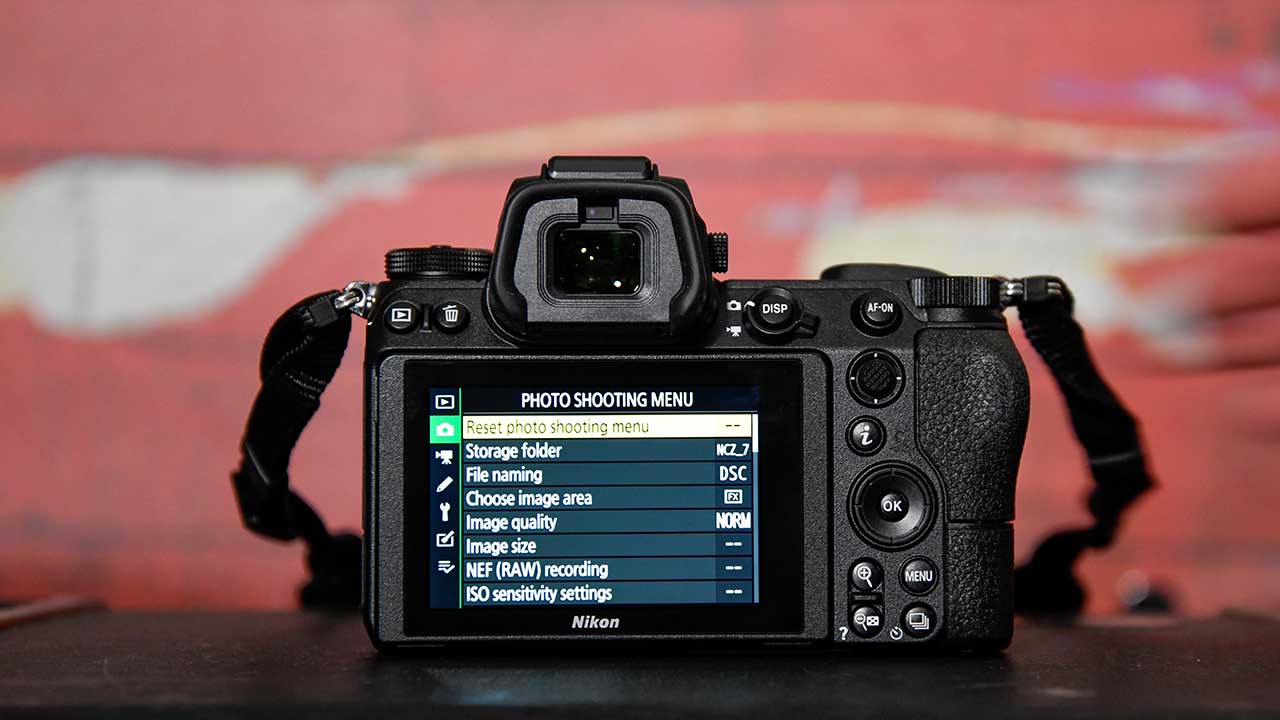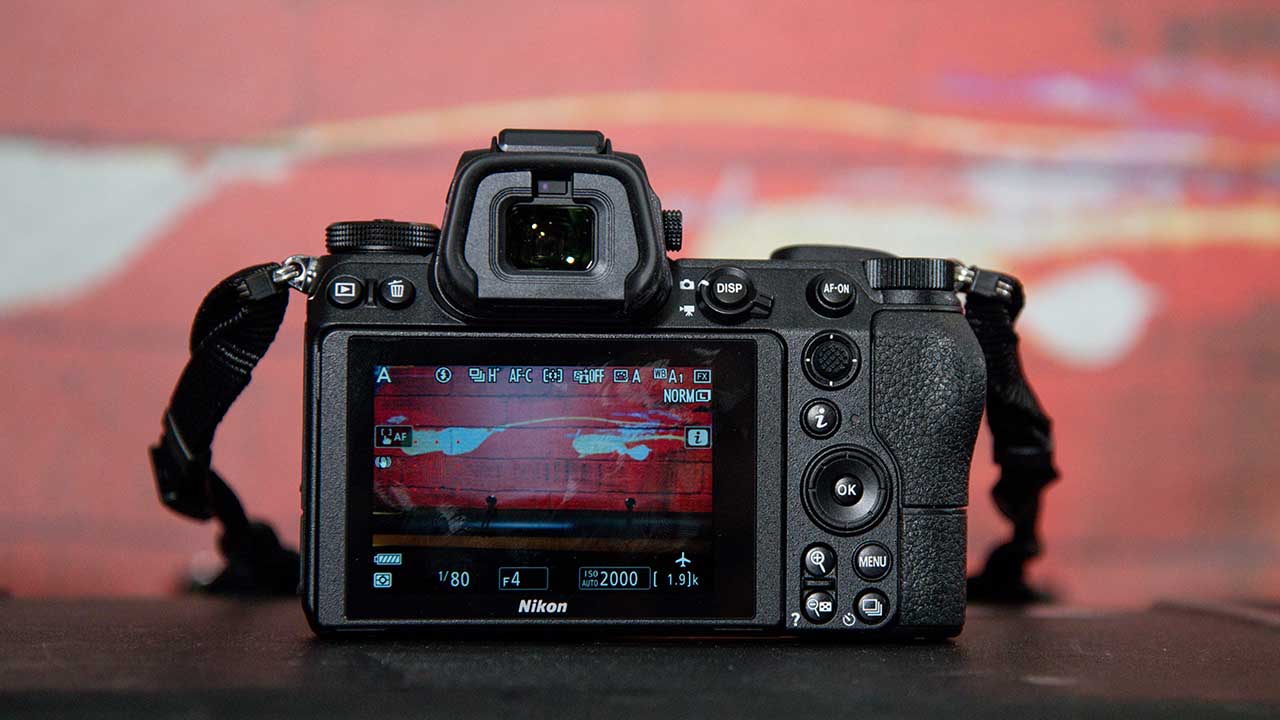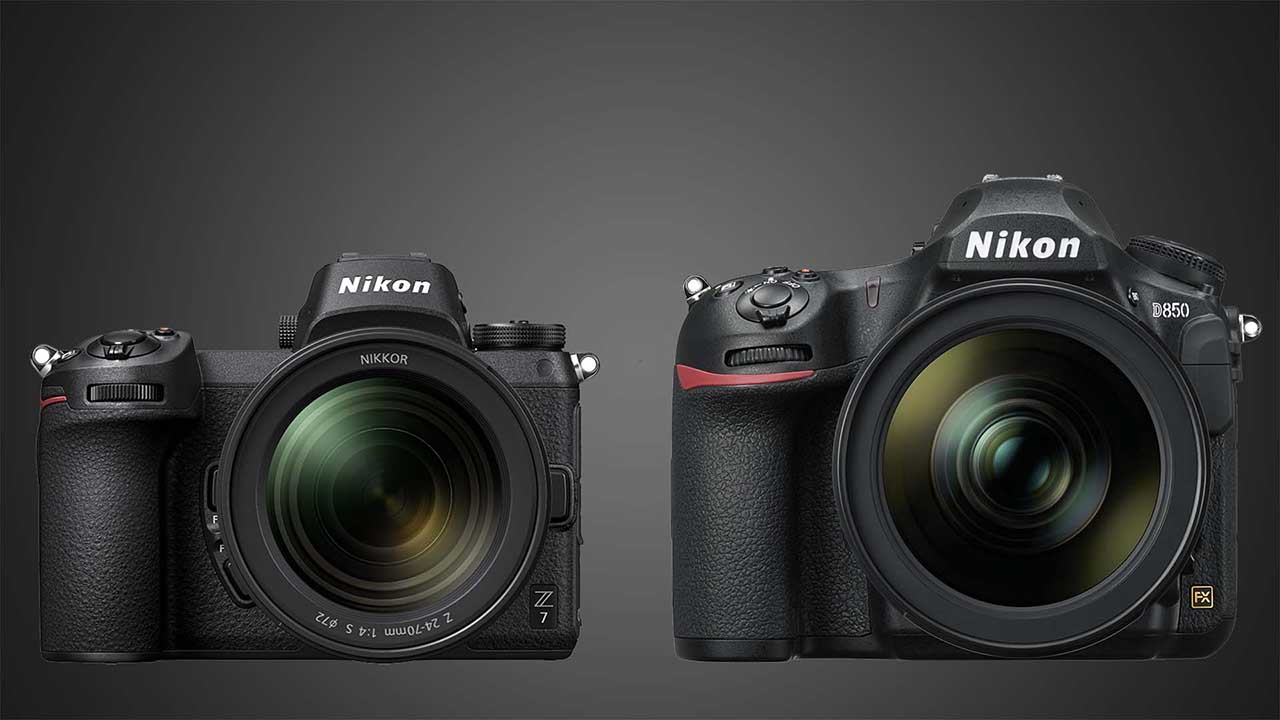Should I buy the Nikon Z7 or Nikon D850?
This is the question of the day. The mirrorless camera space has evolved radically over the last 10 years. What started out as manufacturers’ meeting consumer demand for smaller, high image quality cameras, has changed as the mass market are by and large happy with the improved photography capabilities of improving smartphones.
The technological advances of mirrorless cameras with faster frame rates, more expansive autofocus and the possibilities afforded by the electronic viewfinder quickly caught the attention of the pro and serious enthusiast market however.
Sony was the first to take advantage, developing its A7 series of full frame mirrorless cameras to critical acclaim. Nikon are late to the party, but with this week’s launch of the eagerly anticipated Z series, Nikon devotes finally have a mirrorless camera to get excited about.
With two new models launched, the flagship Nikon Z7 is the super high resolution model targeted squarely at pros and serious enthusiasts.
So how does the Nikon Z7 shape up against Nikon’s own D850 DSLR, which has been creating tsunami-sized waves over the last 12 months? We compare the specs and share some initial thoughts in our Nikon Z7 vs D850 comparison.

Nikon Z7 vs D850: Key Specifications
How do the Nikon Z7 specs stack up against the D850? Here’s a quick rundown of the key points to know…
[table id=81 /]
Snap verdict
The Nikon D850 offers incredible image quality, super fast autofocus and frame rates, captures 4K video and has two card slots! The Z7 promises all of that (minus a card slot!), but costs £1400 more. The key extras you get for your cash are in-camera stabilization, the latest Expeed 6 image processor, full frame autofocus and the EVF tech advantages.
These could make a significant difference to your photography, and if so, they’re worth the cash. The Z7 is significantly smaller, which might appeal, but personally I prefer the handling of the D850, especially shooting vertically with a battery pack.
If I was going out next month and could only buy one camera, I’d buy the D850 and wait a couple of years until the 2nd generation of Z cameras.
However, Nikon has been clever making the lens mount adapter immediately available and fully compatible with all my Nikkor AF-S lenses. That’s a big deal.
I’m tempted to buy a Z7 as a 2nd high resolution camera for specific projects, to see how those extra features benefit my photography and whether or not I can finally fall in love with mirrorless shooting.
Now, where’s the telephone number of my bank manager!
Sensor
Nikon promise the newly developed sensor on the Z7 will exceed the image quality of the D850, which has received lavish praise for its stunning shots over the last 12 months.
The sensor specs are identical though, with both featuring a super high resolution 45.7Mp BSI CMOS sensor, with no Optical Low Pass Filter (OLPF) and a native ISO 64 – 25,600 sensitivity range.
The improved light gathering capabilities of the Z7’s larger lens mount and new Expeed 6 processor may help improve its image quality over the D850 a little, but I expect them to be pretty close.

Build & Handling
In construction terms the Z7 and D850 are similar, both built around a magnesium alloy shell, with some dust and water resistance.
Both also feature key controls like dual scroll wheels, for easily changing aperture and shutter values, a joystick for moving autofocus points, a top plate LCD to check settings, as well as ISO and AF-ON buttons.
Although the Z7 has more of a DSLR feel than many mirrorless cameras, it’s still a different handling experience compared to the D850.
With more direct-controls on the larger DSLR, including the AF toggle button and top plate dial with access to white balance, drive mode, exposure and metering modes, it frees up the D850’s function buttons to assign features you may need to access via a menu on the Z7.
During brief testing at the press event, I also found the Z7’s two function buttons a little awkward to use, especially for changing autofocus modes. With no available battery grip for the Z7 in the short term either, if I had to chose between the two for day-to-day pro use I’d be picking up the D850.
Autofocus
The D850 borrows a similar 153-point autofocus system from Nikon’s flagship D5 DSLR, with a dedicated AF processor and wide-area point placement that nearly covers the frame in DX crop mode.
Some 99 of the D850’s targets are the more accurate cross-type variety, which help improves tracking, but only 53 are selectable. Whilst that’s still very respectable for a DSLR, in means particularly in FX mode it’s not possible to select a target at the edge of the frame.
One of the more desirable mirrorless features is edge-to-edge autofocus and the whooping 493 phase-detect points on the Z7 offer 90% frame coverage in FX mode. The Z7 also offers face detection and focus peaking through the EVF, whilst it’s only available via the LCD screen on the D850, which is quite a big deal.
Neither cameras feature the Eye AF autofocus however, which is disappointing, but with autofocus down to -4Ev using f/2 or faster lenses both should be very capable in low-light.
The D850’s autofocus is tried and tested, with excellent tracking capabilities using the 3D dynamic area feature. This isn’t present on the Z7 however and it remains to be seen how effective the new mirrorless camera’s automatic focal-plane to contrast-detect autofocus tracking copes in different situations.
Initial testing at the press event raised some concern, with slightly erratic behavior, but we need to get a full production model in for test to be sure.

Viewfinders
Another key difference is the Z7’s electronic viewfinder, which at 3.6m-dot is one of the high resolution EVF’s available. Nikon claim its superior optical and image processing technologies have allowed them to produce an EVF comparable to their optical viewfinders and I was super impressed with its big, bright display.
EVF’s can also display more shooting info, including focus-peaking and zebras, and offer face-detect focus as well as instant image review, which are advantages the D850’s optical viewfinder can’t offer.
Which is best is a hard one to call as whilst early EVF technology with low resolution and slow frame rates was something of a compromise they have improved significantly in recent years.
That said, they drain battery life, might suffer from ghosting or artifacts in certain environments and can get a little tiresome on the eye with prolonged use.
Lenses
The immediate availability of a FTZ lens mount to adapt over 90 Nikkor AF-S lenses with full AF and AE for the Z7 is a very smart move. It’s going to take Nikon a while to bring a decent range of Z mount lenses to market, so the adapter makes the Z7 a viable proposition straight off the bat.
Nikon claim the FTZ offers no compromise in performance or image quality when adapting Nikkor lenses, if true glass options for both the Z7 and D850 are the same.
Image Stabilization
The Z7 is the first Nikon camera to feature a sensor shift image stabilization. Historically Nikon’s solution has been lens based, with their Vibration Reduction (VR) system offering between 3 to 4 stops of camera-shake reduction depending on the lens.
In contrast, the Z7’s 5-axis in-camera system offers 5 stops and will stabilize existing non-VR Nikkor lenses used with the adapter. If you regularly shoot slow shutter speeds of static subjects, or long telephoto lenses, this improvement to the stabilization system on the Z7 is an important development.
Lens Mount
The new lens mount is a bold move from Nikon. Measuring 55mm, compared to 47mm for the F mount, it’s startling to see how much bigger the new Z mount looks with the cameras side-by-side.
In theory it means the Z7 can suck in more light and we’ll see in due course whether this translates to improved image quality over the D850. It also creates the tantalizing prospect of very fast aperture lenses for the Z7, such as the 58mm f/0.95 S NOCT promised in 2019, which would open up shooting possibilities not readily accessible on the D850.
Continuous shooting
With no mirror to flip out of the way the Z7 should offer faster burst shooting, and the headline specs of 9fps on the Z7, compared to 7fps on the Nikon D850 suggests it does.
That’s not the full story however, as it appears the Z7 can only capture 5.5fps with full exposure and focus adaption and only 5fps when capturing 14-bit lossless RAW files.
Add the optional MB-D18 battery pack to the D850 however and it can do all of that at a faster rate of 9fps, making the D850 almost twice as fast.
The D850’s buffer is also good for 51 14-bit RAW files, compared to just 18 on the Z7, making the D850 the much better option for action photographers who need to keep that shutter button down longer.
LCD Screen
Both the Z7 and D850 feature a tilting 3.2-inch 2.1m-dot OLED display touch-screen TFT LCD, which are probably exactly the same.

Video
The basic video specs are also very similar, with both the Z7 and D850 offering 4K 24/30p, as well as 1080/120p resolutions, and 8K time-lapse capture, but there are key difference.
The Z7 introduces a new Nikon N-log 10-bit 4.2.2 file format, which will be appreciated by serious videographers, who want to be able to capture a flatter video picture with 12-stops of dynamic range for improved colour grading.
Although this format is only captured via HDMI output to an external recording device and not internally to the QXD card, it’s a significant step up from the D850. The Z7 also features 4K full pixel read out for sharper videos, compared to the intelligent pixel binning performed buy the D850.
My understanding is this is only possible on the Z7’s DX crop mode however, which could have implications for framing and lens choice.
Focus peaking and a zebra function are available on both cameras, but these features are only available via the LCD screen on the D850, whereas the Z7 also offers them via the EVF, which might be a little more useful when shooting video in bright light.
Media & Connectivity
A big criticism aimed at the Z7 is the implementation of only a single QXD card slot and it could be a deal breaker for many pros thinking of switch to mirrorless as their main camera.
The D850 features two card slots, allowing you to capture an instant image back-up and guard against card failure and loss of precious work.
Both camera also feature wi-fi and Bluetooth connectivity with the Nikon SnapBridge3 App providing the ability for remote capture and preview of images via a smartphone.
The Z7 and D850 are also both compatible with the WT-7 wireless transmitter for high speed image transfer and the WR-R10 radio controlled flash accessory, which makes multiple off camera flash photography possible.
The D850 features USB 3.0 and mini HDMI ports, a PC sync flash connection and accessory port for a shutter release cable.
The Z7 features the newer USB C-type connector, which can be used for charging the battery internally, as well as HDMI and accessory ports, and both cameras include two 3.5mm ports, including an input port for an external mic and output port for headphones.



